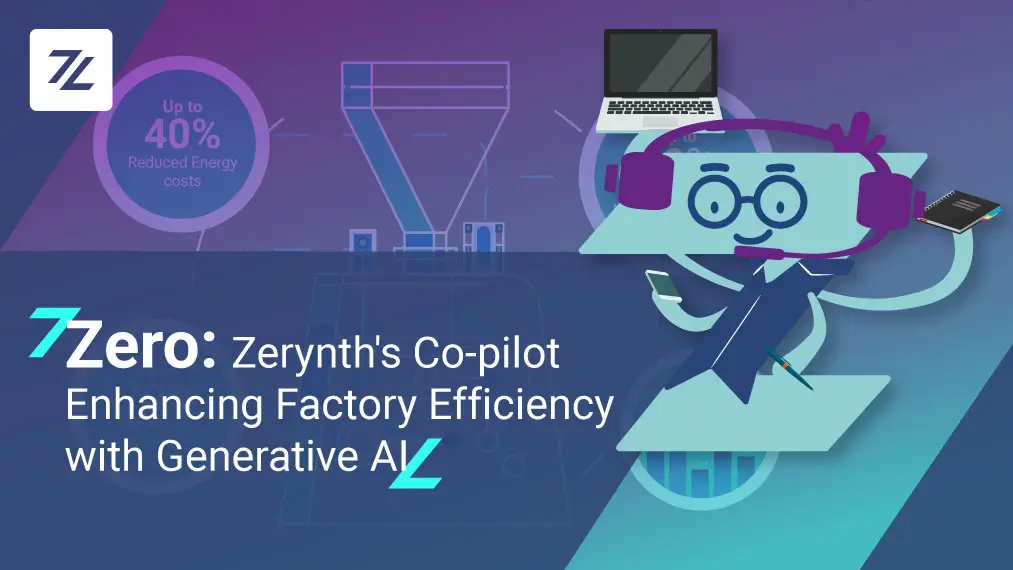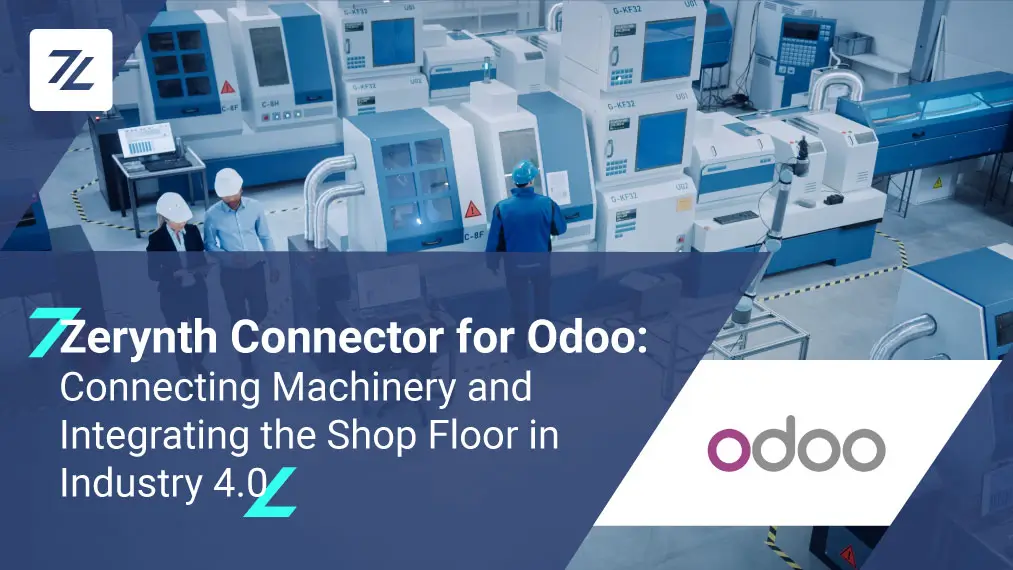In our post last week we covered how to overcome energy consumption challenges in the industrial sector. Today, we will take a look at the best industrial IoT technologies for monitoring energy consumption.
Why invest in energy monitoring?
If you are wondering why everyone is talking about energy consumption, and energy monitoring lately, the answer is simple – companies that have precise data on how their machines are consuming electricity, can reduce that consumption where it’s needed and cut costs.
Some common energy-wasting practices in the industry today are:
- When not monitored, machines on the factory floor can run after operations are finished. This happens often enough to be a problem.
- Legacy machines are not achieving their optimal performance, and retrofitting improves this.
- Non Automated production lines, with several different machines, can have many time periods where some machines are running too long.
- Lighting and air-conditioning systems that are unmonitored are a big waste of energy. For example, switching to LED lights on your factory floor can save up to 75% of power, compared with older systems.
Multi-level monitoring
On a large factory floor, with many types of machines and supporting equipment being simultaneously used, it’s difficult to decide how to initiate the implementation of monitoring systems. That is why multi-level monitoring is a great solution.
For example, machines can be grouped in various clusters, based on which section of the production process they are being used. This way, one can easily collect aggregated production data at each step, without further analysis or misinformation.
Machines can also be grouped based on their location, or device type. This all depends on the type of production a factory has (and the number of machines).
Real-time reports
Having accurate temporal data is of the utmost importance for energy consumption monitoring. The opportunity to understand, in real-time, the amount of energy that is being used during production, and to see the energy consumption’s peaks and lows hour by hour, can offer a simple way to redistribute that energy more efficiently, and reduce unnecessary costs.
Accurate forecasting
If multi-level monitoring and real-time reporting have already been established, a factory can then move one step further and implement accurate energy consumption forecasting.
This way, load peaks can be easily predicted, which allows decision makers, within production, to create good countermeasures, and create evenly distributed energy consumption throughout the total process.
Energy consumption case study with the Zerynth Industrial IoT Platform – register for our upcoming webinar
Register for our webinar coming up on February 24th, and learn more about optimizing energy efficiency within industrial settings.
You will find out how Armal’s IoT monitoring system of their production line has made it possible to reduce the energy costs of machinery by 40%, thus, recovering their investment in just 4 months, thanks to the Zerynth Industrial IoT Platform.
Note: this webinar is in Italian.
Share This Story, Choose Your Platform!
Follow Zerynth on
Latest Posts






